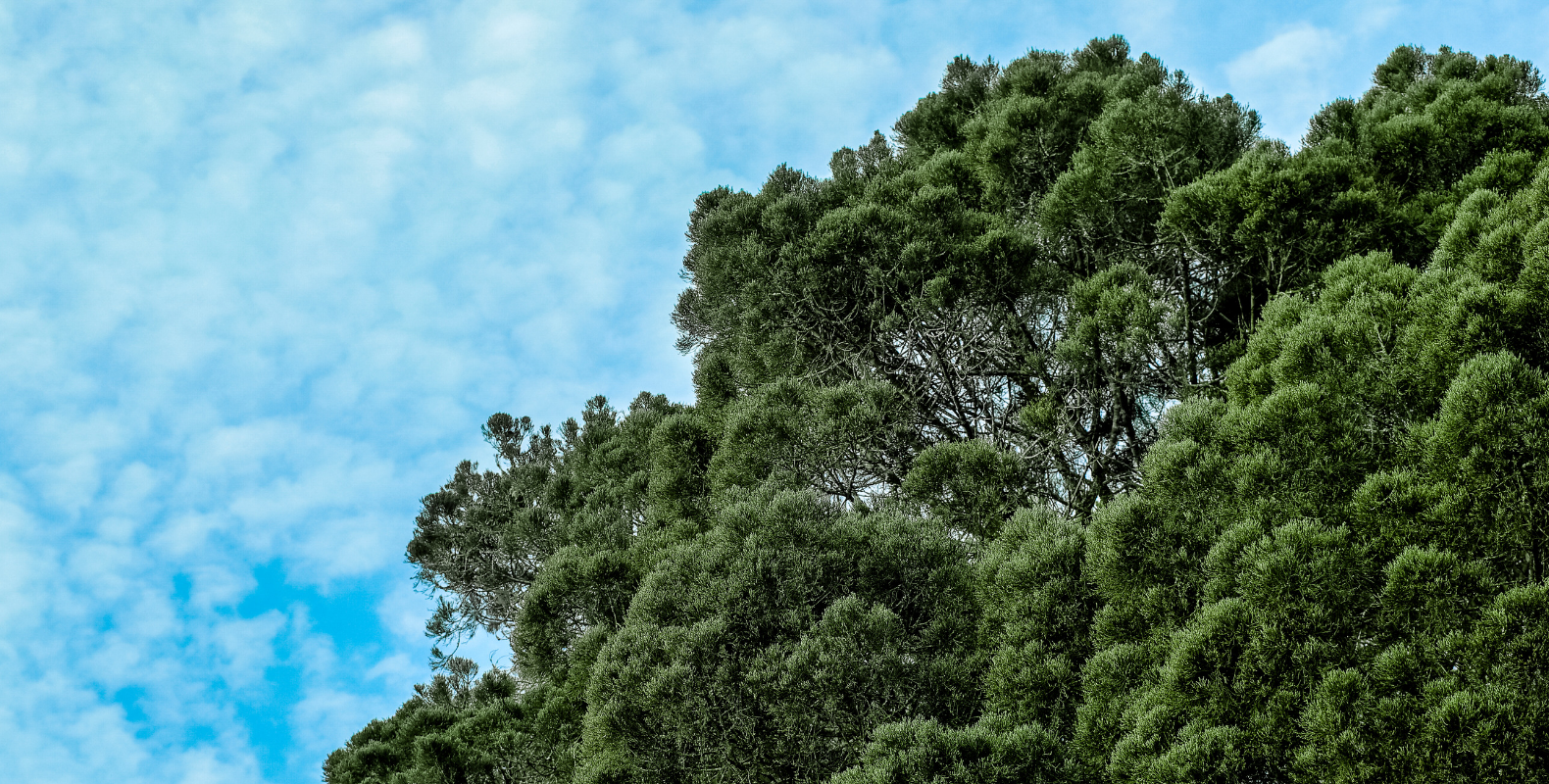Shining a light on Australian mammals
Whilst Australia is world renowned for its abundance of distinctive native flora and fauna, there is considerable anguish surrounding the decline of the country’s medium-sized mammal populations.
Whilst Australia is world renowned for its abundance of distinctive native flora and fauna, there is considerable anguish surrounding the decline of the country’s medium-sized mammal populations.

Whilst Australia is world renowned for its abundance of distinctive native flora and fauna, there is considerable anguish surrounding the decline of the country’s medium-sized mammal populations.
UNSW Canberra Senior Lecturer Dr David Paull said medium-sized mammals in Australia (those weighing between 35 g and 5.5 kg, known to science as Critical Weight Range mammals) are most at risk in Australia.
This is based on a number of factors, including their inability to evade introduced predators, and also being hindered in their ability to relocate to alternative environments in the event of habitat destruction.
In amongst the long list of Australian native species currently at risk of extinction, the Southern Brown Bandicoot has managed to prolong its survival in small parts of the country that are under threat from introduced pests (feral cats, foxes and rabbits), bushfires and unforgiving periods of drought. Because of this, it is of no great surprise that their numbers continue to decline.
Dr Paull has committed decades of field work and teaching to assist in learning more about how and why this is occurring, and refining ways of monitoring such declines, particularly in the south-east of the continent.
Dr Paull’s work in identifying areas of Australia where these populations are located as well as tracking and documenting through the use of camera monitoring provides vital information on surviving populations of the Southern Brown Bandicoot.

Dr Paull's monitoring of the bandicoot has also provided evidence of other mammals in the surveyed areas
His work in this area has been pivotal in obtaining an Endangered classification for the Southern Brown Bandicoot in the Environment Protection and Biodiversity Conservation Act 1999 (EPBC Act).
_______________
The Environment Protection and Biodiversity Conservation Act 1999 (EPBC Act) lists threatened species, ecological communities and threatening processes. The categories of threat-level used by the EPBC Act for animal species are:
Extinct
Extinct in the Wild
Critically Endangered
Endangered
Vulnerable
Conservation Dependent
________________
Perhaps surprising to some, the Australian Defence Force is one of the largest custodians of natural environments in our Nation, and it manages vital areas for the conservation of Australian flora and fauna, including Critical Weight Range mammals and a multitude of other species.
These substantial parcels of land provide a range of sheltered and often isolated habitats for species such as those under Dr Paull’s careful watch. Because of this, ADFA Trainee Officers undertaking subjects such as Biogeography at UNSW Canberra have been at the forefront of observing these natural environments firsthand.
“Defence activities occur within huge swathes of Australia and are mostly focused on relatively small impact areas,” Dr Paull said.
“These impact areas are not necessarily prioritised in terms of being managed for conservation, but for the most part, they are well managed. The majority of Australia’s extensive Defence Training Areas are not impacted and serve an extremely important conservation role.”
“The proportion of Australia that lies within conservation reserves is less than 12% of its total area, but if you add in other tenures such as Defence lands and indigenous land, Australia actually has a very important total area that isn’t being directly impacted by agriculture, mining or forestry.”
This being the case, Defence-held land is of vital importance when it comes to providing sanctuary for at-risk wildlife.
Slowing down the rate of decline of some of Australia’s most vulnerable species of fauna is a difficult problem to solve. However, Dr Paull is confident that through education, the next crop of UNSW Canberra Environmental Geography students are perfectly situated to advance the protection and support of the world’s natural habitats.
Students, both Defence Trainee Officers and civilian research students, at UNSW Canberra have the opportunity to study and develop an understanding of the world through a geographical lens offered by the School of Science.
Dr Paull has taught Conservation Biogeography, Geographic Information Analysis, Applications in GIS and RS, Global Environmental Change, Geographies of Contemporary Australia, Ecological Systems, Resource Management, Introduction to Digital Image Processing, and Geography Honours. He currently teaches Geography 1 and Ecological Biogeography at UNSW Canberra.